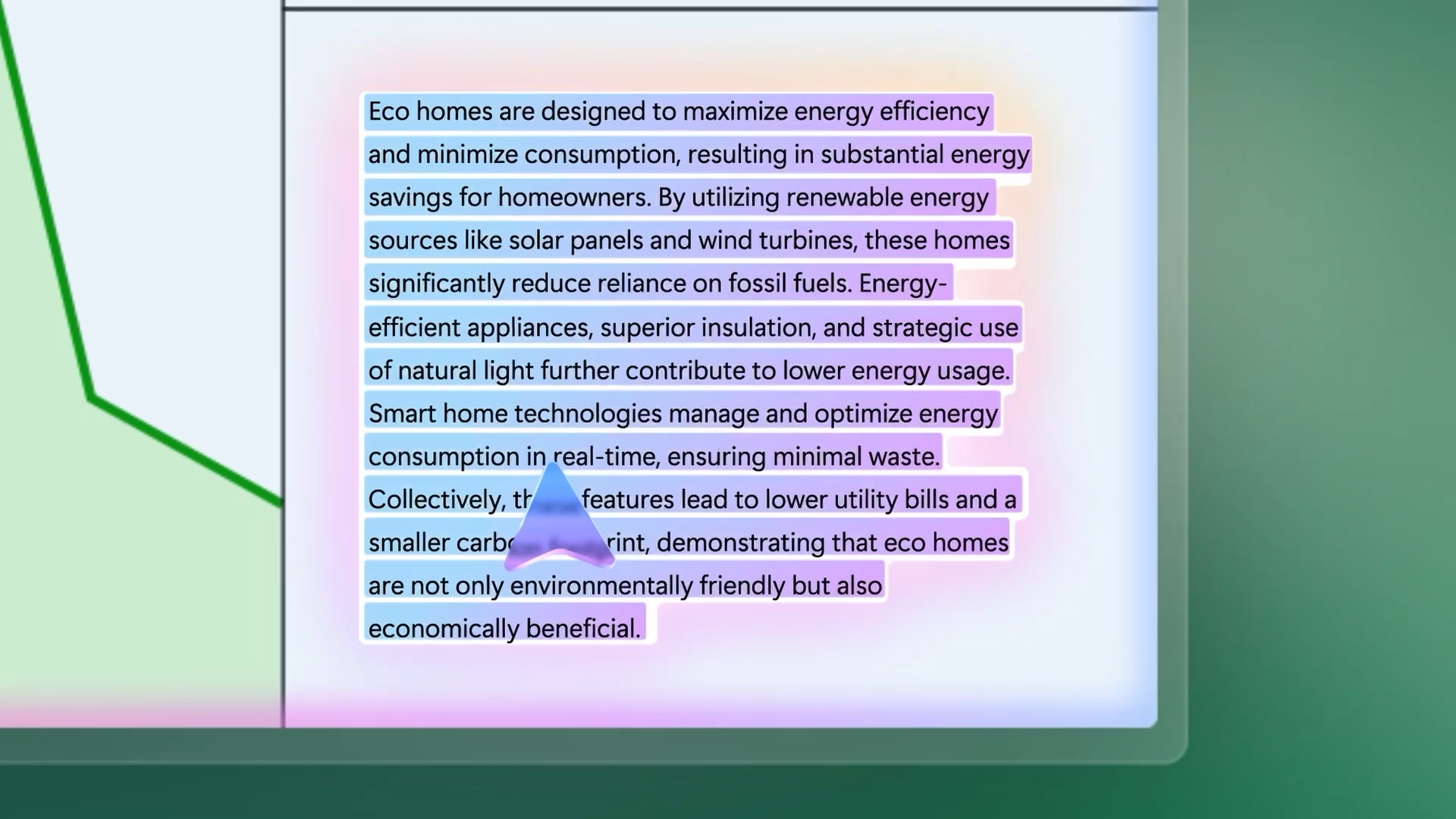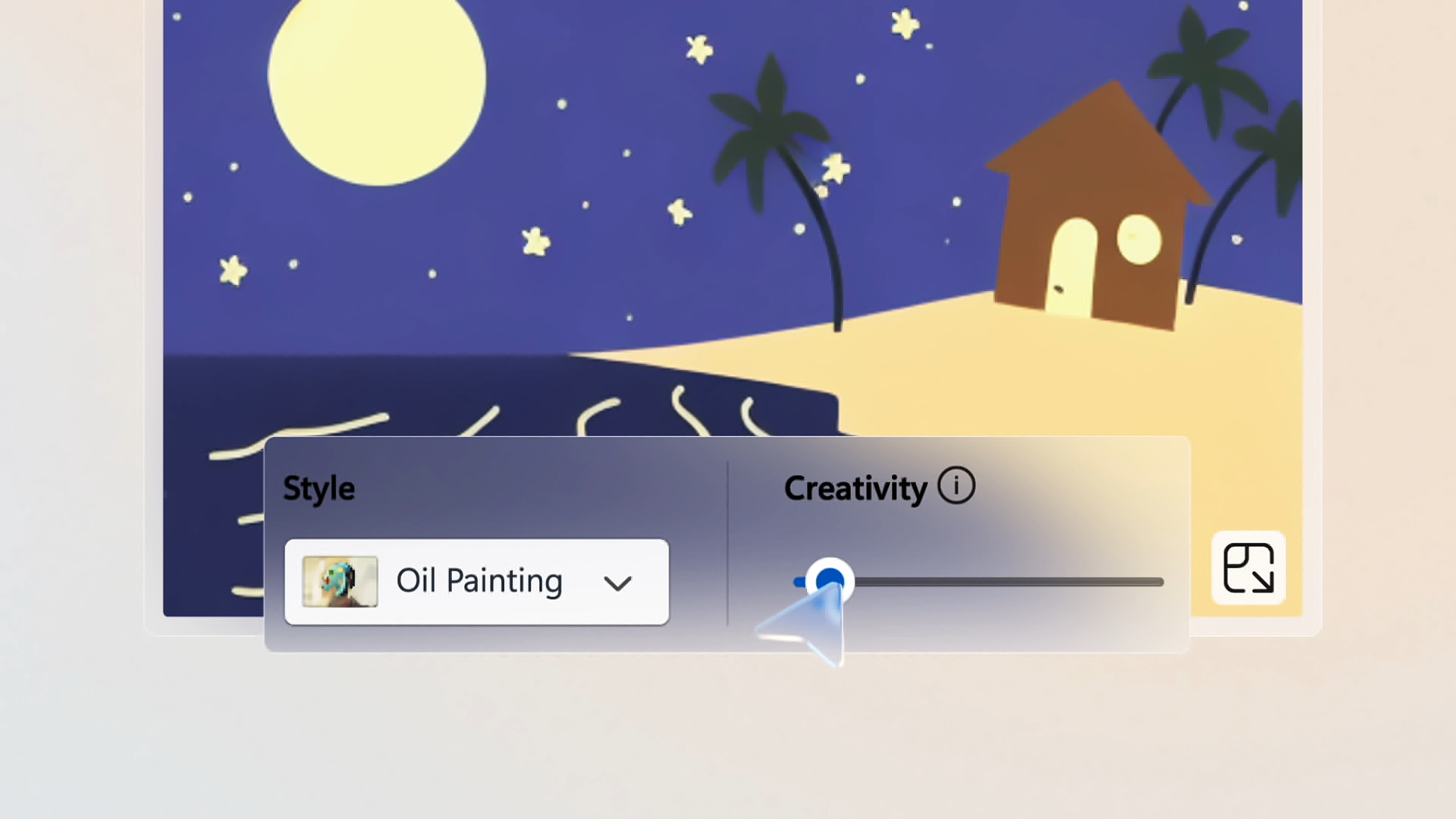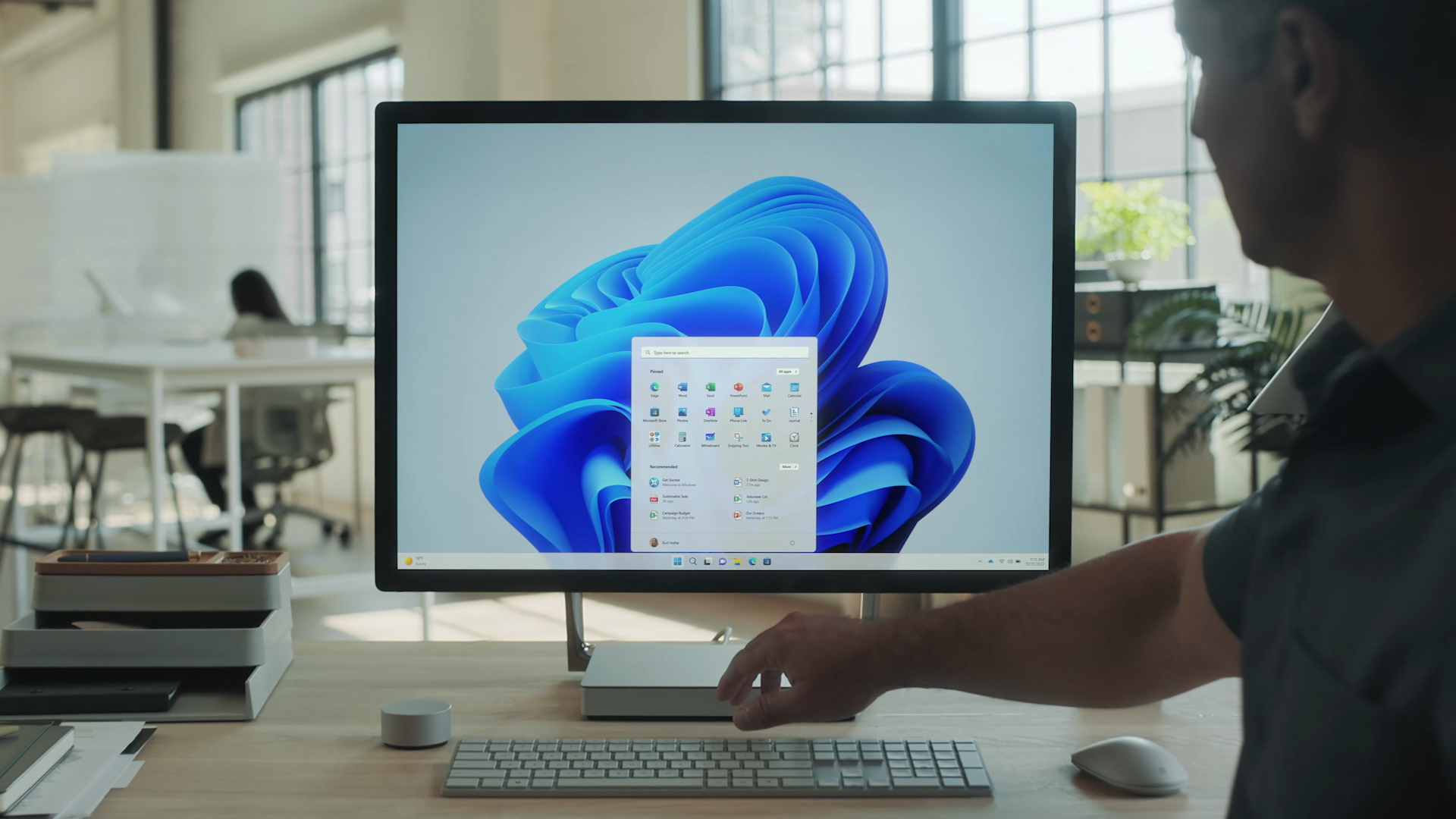
What’s the difference between a house and a home? A house is a physical structure; beams, walls, and glass assembled to blend form and function. A home is emotional, it’s how you feel inside and what a place means to you. Windows is where both are true. As designers for Microsoft Windows, we are designing a house that can hold the information of 1.5 billion people, but with the ability for each individual to make it truly theirs. Our legacy began with focusing on utility and ubiquity. In the 1980’s and 90’s, we humanized the PC for a world unfamiliar with computers. Since then, Windows has evolved into a residence, connecting people and helping them thrive.
Windows plays host to world leaders, knowledge workers, creative thinkers, and CEOs. The front door is the iconic Start menu, opening into the foyer, displaying the many rooms of apps and files. It is home to their projects, calendars, and communications. It’s where they cook up ideas, envision fantastical ventures, and securely store their dreams in the apps of Microsoft 365. To our customers, Windows is their personal space, where they throw their keys on the table. Therefore, we always try to thoughtfully design a house that people can ultimately call home.
We do this amid an ever-changing social and technological landscape, and our building blocks are the design principles and tenets embraced across every discipline who touches the experience. But as time passes, the tenets that helped build the last house may not be as sound for the next one, so to address our customers’ evolving needs, we redefined our design principles for Windows 11. With a focus on simplicity, coherence, and craft, the new principles brought a sense of familiarity, calm, and immediate usability. As customers transition into the AI era, here is a deep dive into the design principles + tenets shaping our approach.
Intentional innovation
Intentional innovation is about leading with trust, value, and customer success. To do that we bring customers along with new ideas—at the right pace. To balance comfort and change, we rely on tight iteration loops with real-time customer feedback. What’s working? What’s resonating? What’s getting adoption? What’s breaking people’s habits? Throughout the evolution of Windows, what always remains true is that Windows is a critical tool for people to complete tasks. Whatever doesn’t help people succeed in doing that, doesn’t belong. Change only happens when it clearly improves the experience.
The Windows 8 release drove that home in an important way. When we revealed UI that was completely different from the prior version, including removing the Start button, people were lost. This essential tool they had been using for years became unfamiliar. Fast forward to the current AI era- marked by rapid change and collective uncertainty—and it’s more important than ever to co-create with our customers. Bringing them along on our design journey is how we embrace our customers. Trying out new AI-first design patterns, for example, is more comfortable when it’s within a recognizable environment. That gives people confidence and a safe space to explore what feels right and what cooks well with their workflow. Through intentional innovation, we can push boundaries at a pace that works for them.

Craft + scalable systems
Craft is finesse. Craft is style. Craft is a commitment to show we care. Craft is thinking about macro end-to-end experiences while deliberating over every micro detail within them. At Windows, craft is everything. One of our core tenets is that cohesion builds confidence–learn once, use everywhere. That’s why knowing what’s sacred to keep and what can evolve enables us to improve without causing user disruption. Windows should be clear, calm, and reinforce customers goals without noise. Natural and fluid interactions extend habits and connect experiences. And the only way to maintain customer trust is to be transparent and respectful, keeping them in control.
Since our design language is continuously changing, our intention is to make thoughtful adjustments that make Windows useful, usable, and desirable. Notice how the natural colors give dimension, and the vibrancy emotes creativity, pulsing the presence of humanity. The additional soft materials and rounded corners invite comfort. To better align with the broader Microsoft ecosystem, we’ve incorporated the latest version of our Fluent design system. We want to give people a deeper sense of time and space to inspire rhythm and flow, so expect more animation and transitions. And as we look at our broad portfolio across Microsoft, were building threads between products to support the way people like to work developing a host of experiences that live under one roof.
Doing this well calls for crafting the right infrastructure; connected enough to align materials and flexible enough to evolve over time, supporting new metaphors and patterns for AI. As Windows evolves, its rich legacy of innovation is meeting the rise of AI, giving us the unique opportunity to reimagine classic apps like Microsoft Paint and PowerPoint. With AI-powered tools, we made Windows easier to search and launch actionable items instantaneously. But how do you scale these new experiences without disrupting the behavior or visual coherence across the platform?
We apply recognizable design patterns, controls, and components. For decades, millions of people accelerated their productivity by learning how to use Windows. They developed longstanding habits that, in return, shaped how we serve and onboard people into new experiences. Today, of the billions of people using our offerings, they see products like Copilot or Microsoft 365 as tools interconnected with their workflow. That’s why we adopted a unified product development approach for scale and agility. By working in a cross-company, cross-discipline way, we collaborate closely to create, remodel, renovate, and expand our offerings.
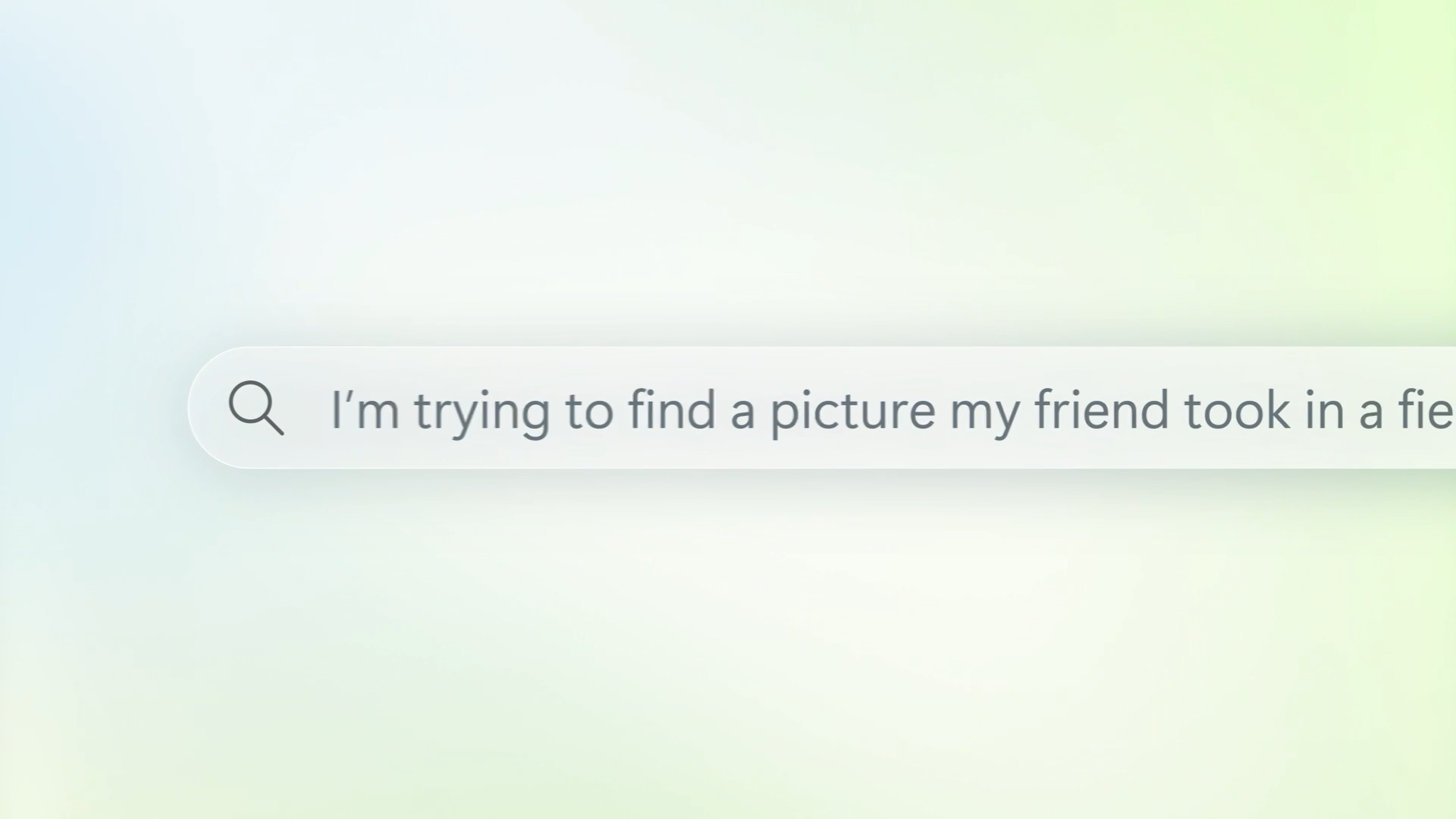
Tailored for all
In the past, tailoring the experience for customers meant prescriptively hardcoding every option. Now, one size does not fit all. We dont build for 1.5 billion people–we empower them with their own adaptive experience. With hyper-contextual AI systems, people can choose how they want Windows to shape their experience and serve their specific needs. Imagine a handheld gaming version of Windows tuned for speed and immersion, a productivity space made clear for total concentration, or an interface designed for accessibility. This is incredibly exciting for us because it unlocks a lot of potential. Personalization is a core tenet of these AI systems, and we are ecstatic at the promising possibilities.
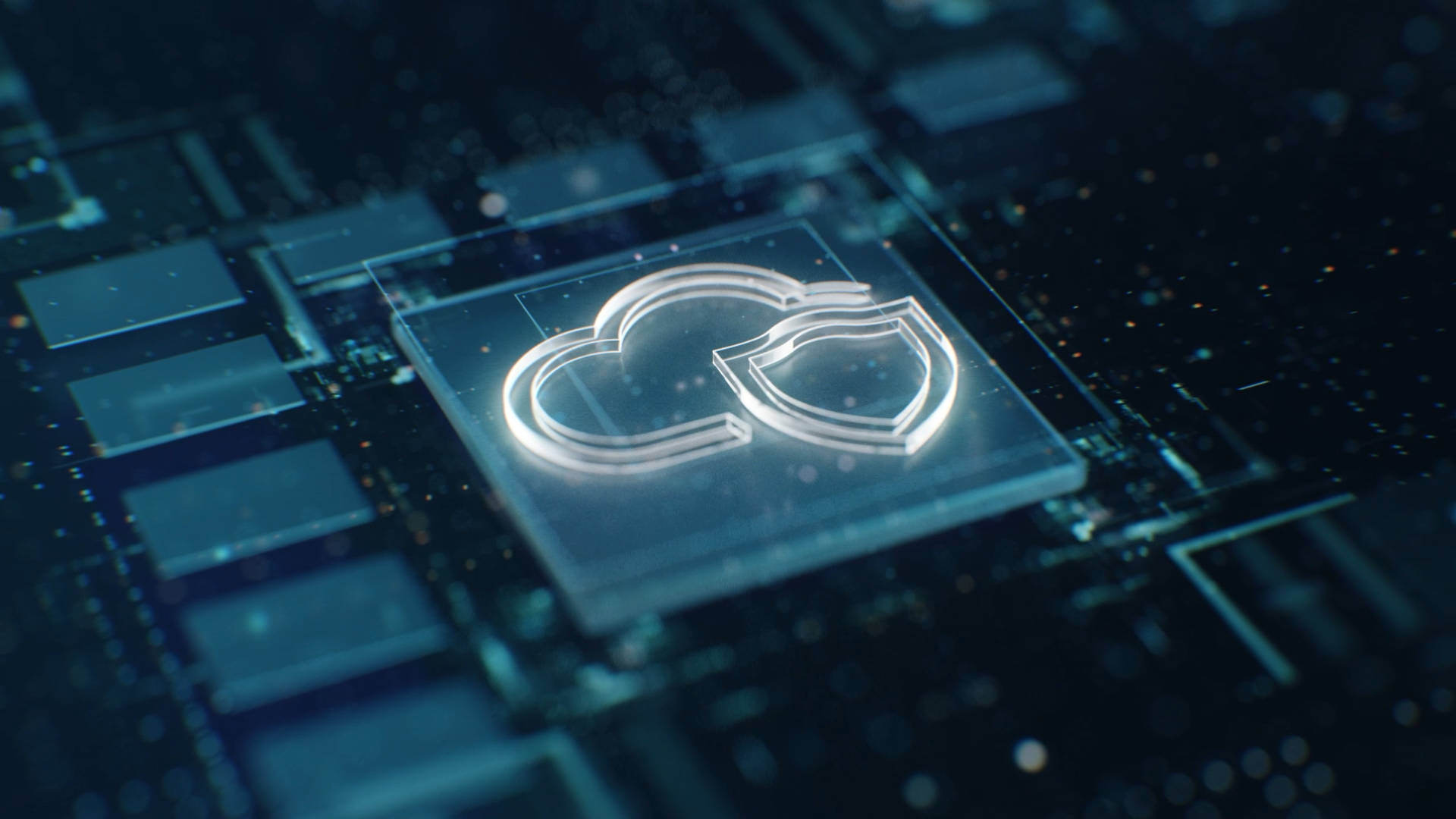
Secure, trustworthy and compliant by design
Building trust by aligning what we say with what we do means practicing our tenets in every product decision. We know AI and privacy are at the forefront of people’s minds. Therefore, security is not added later but designed at the start, with compliance baked in. From the earliest stages of iteration to the final build, we integrate security measures as a fundamental part of the Windows architecture. In an ever-expanding digital world, data protection is a house alarm protecting everything inside.
A house’s interior is the heart, forever conjuring the feeling of home. Without a heart, a house cannot be a home. With Windows, we design for both.
The people who breathe life into Windows are many, but a special shoutout to Carlo Espiritu, Hanna McLaughlin, Marcus Ash, Silke Newell,
Read more
To stay in the know with Microsoft Design, follow us on Twitter and Instagram, or join our Windows or Office Insider program. And if you are interested in working with us at Microsoft, head over to aka.ms/DesignCareers.
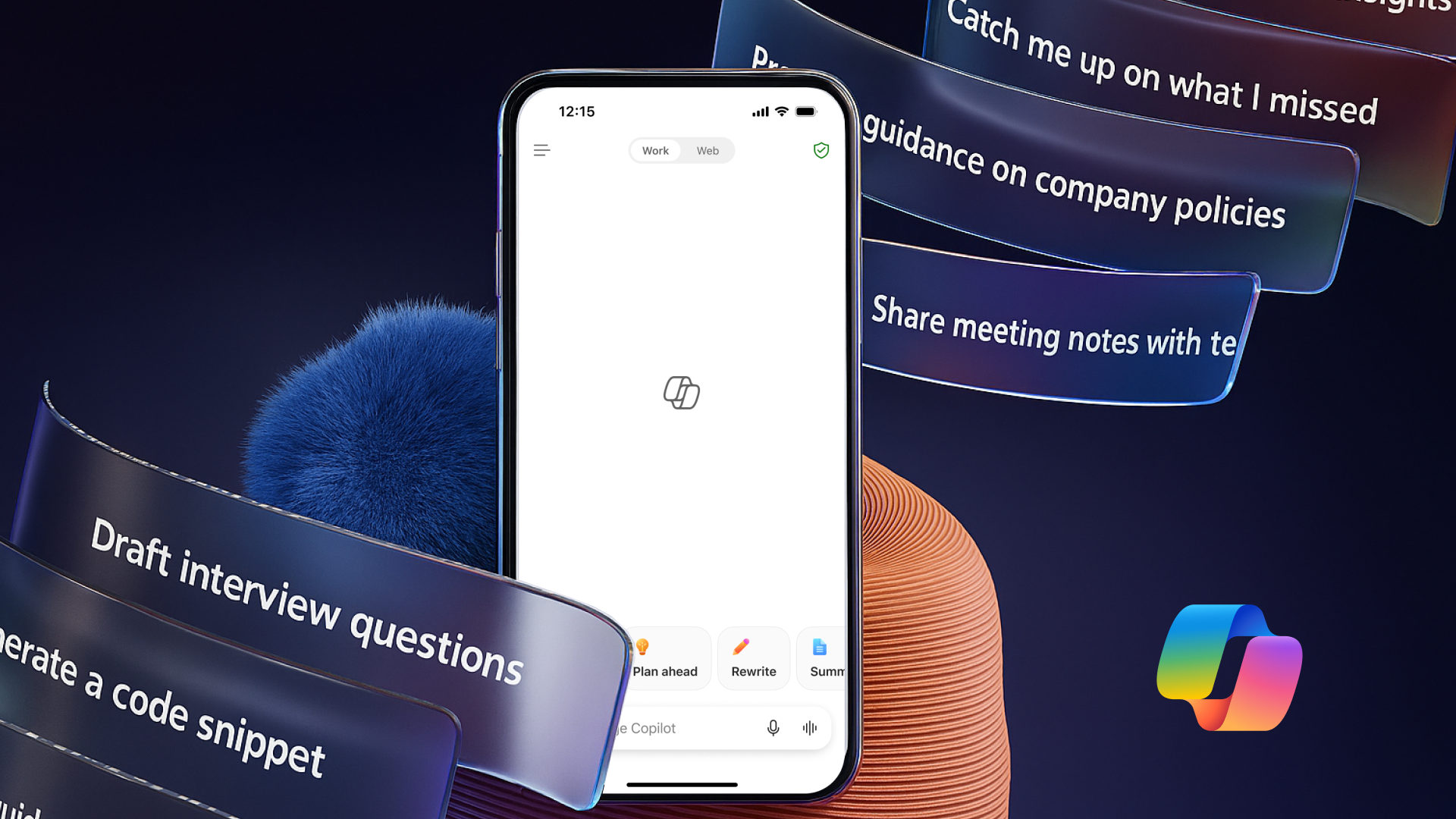
The new Microsoft 365 Copilot mobile experience
How we redesigned the Microsoft 365 Copilot mobile app to create a workspace built around conversation, dialogue, and discovery.
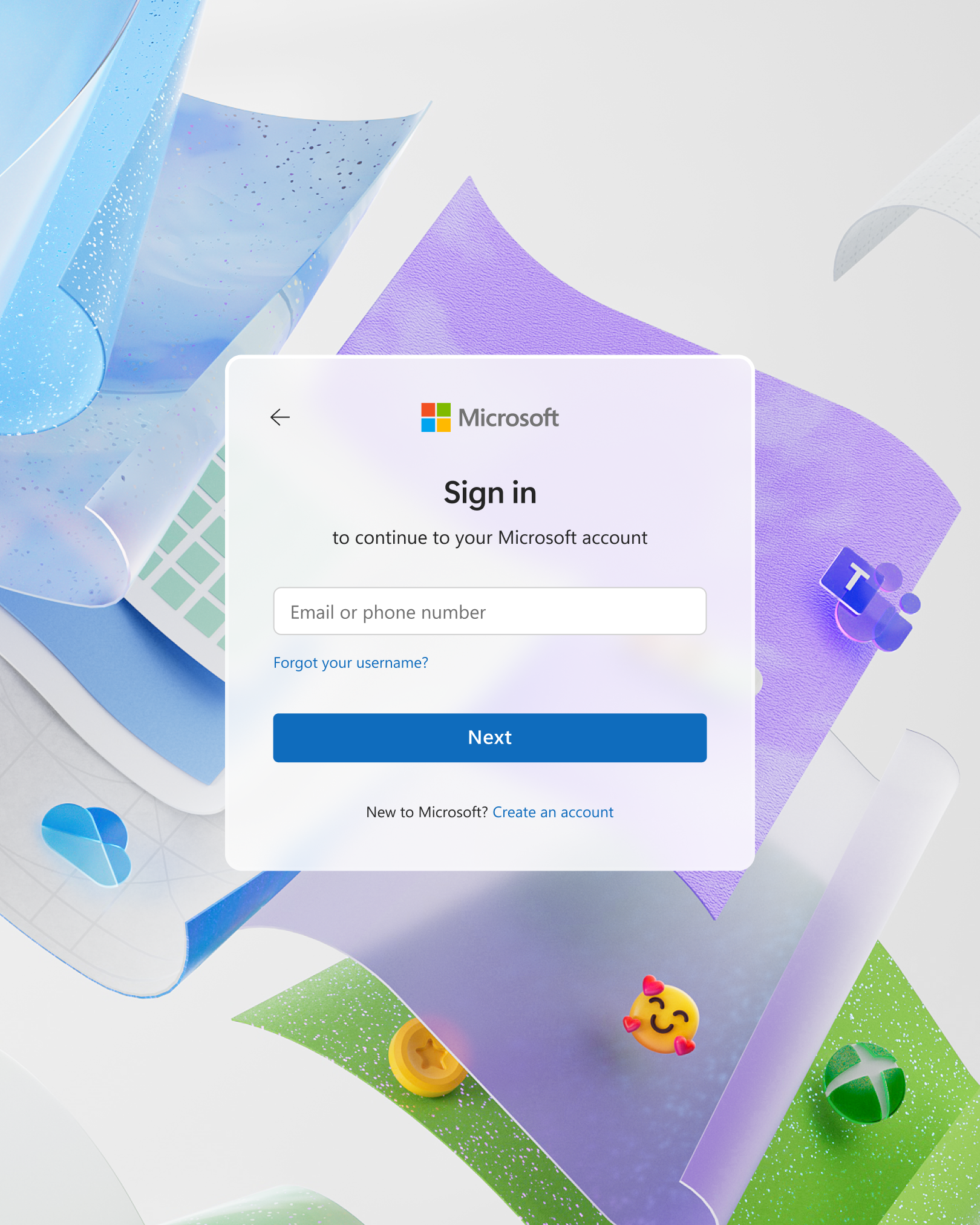
Reimagining our front door
Using positive psychology to craft delightful sign-in & sign-up experiences

Centering Sign Language in AI and design
A Deaf-led approach to making Sign Language a core principle of inclusive design

